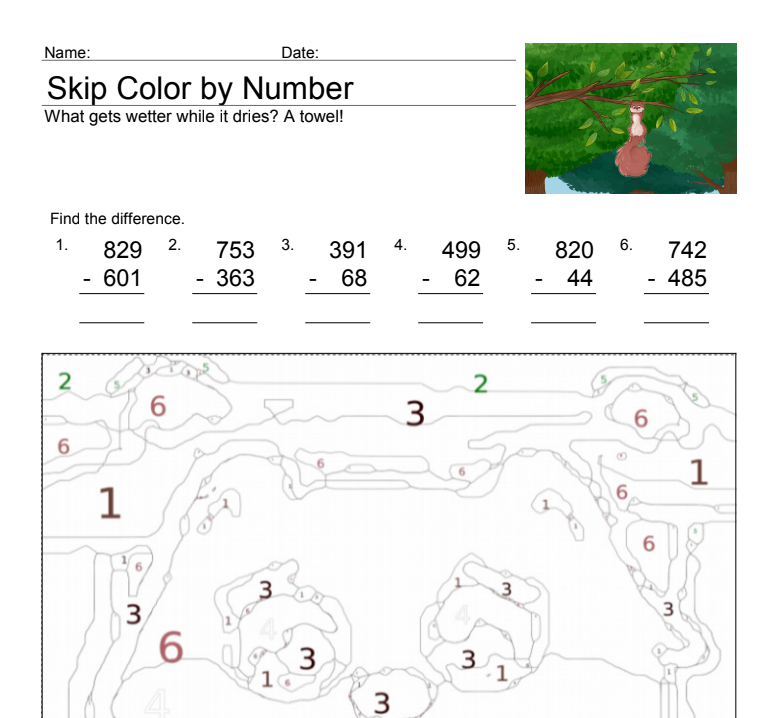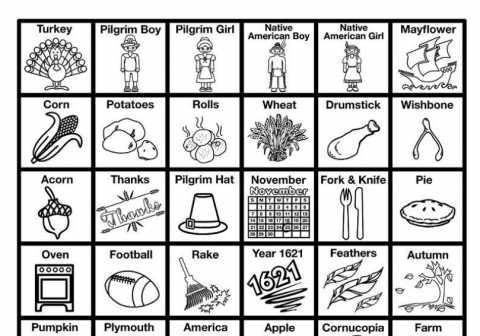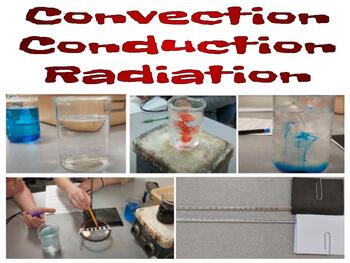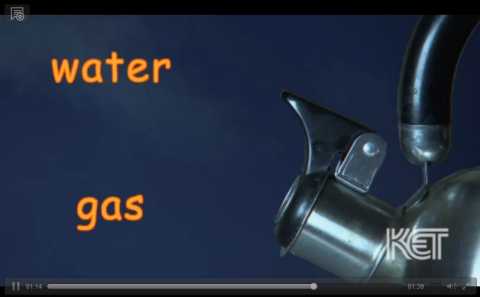Color by Number with Skip (3 digit subtraction)
Image

Meet Skip the Squirrel. Students solve 6, 3 digit subtraction questions to find out which color students will color in the picture with.

Meet Skip the Squirrel. Students solve 6, 3 digit subtraction questions to find out which color students will color in the picture with.

I use this Bingo activity as a review of multiplication strategies in my 3rd-grade classroom. There are 30 student cards and a teacher call sheet. This activity reviews groups of, repeated addition, using number lines to multiply and arrays. There are 16 squares per card and 25 different squares in the game. This way each card is unique and not all kids have all possible answers. When a student gets "Bingo" I actually have them go "Mmmmm, Multiplication" as if multiplication tasted good. It is fun.

Play Thanksgiving Bingo with your students. After your history unity on Thanksgiving, this activity could be how you end the lesson.

In this Earth Science or Physical Science lab, students will gain an understanding of the three types of thermal energy transfer, conduction, radiation, and convection. Students will use hot, cold, and room temperature water to demonstrate convection by using food coloring. Students will then see how long chocolate chips take to melt when you add heat to just one side of some tin foil. Finally, they will use heat lamps, thermometers, and dark and light-colored papers to demonstrate radiation and the absorption of radiated heat.

In this lab I have students observe what happens to water, which represents air, warms up and what happens to water as it cools down. Using a hot plate, a large glass cake pan, a bag of ice and food coloring can easily demonstrate how wind is formed. The demonstration can also be used in topics of high/low pressure, warm and cold fronts, mantle convection if you would like. The assignment, however, is for high and low pressure systems and wind.
Discusses how scientists go through the Scientific Method and Processes to experiment ideas, thoughts, notions and observations. Great video.
Try this video activity with your students. See how long it takes for them to keep from yawning.

A worksheet for your students to practice Punnett Squares, deciding between heterozygous and homozygous, and describing the genotype and the phenotype. The worksheet uses characters from Sponge Bob.

This video is a simple demonstration of the different types of matter: gas, liquid, and solid. This video also has worksheets and activities that go with it.

Get your students up and moving with this Solar System Scavenger Hunt Activity. The printout comes with all the items and worksheets needed to successfully implement this activity into your elementary school classroom. Students search the classroom to find the solar system fact cards and then answer the questions on the worksheet.